Introduction
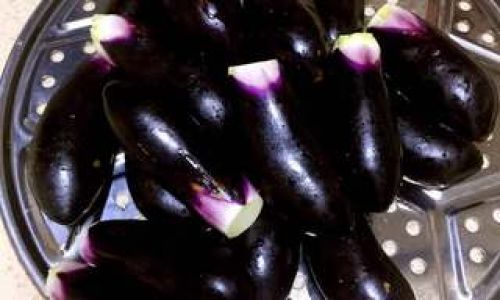
In the vast culinary landscape, where dishes from every corner of the world compete for attention, garlic eggplant, or garlic-infused eggplant, stands out as a humble yet flavorful delight. This dish, often associated with East Asian and Central Asian cuisines, combines the earthy richness of eggplant with the pungent aroma and sharp taste of garlic. While its preparation may vary slightly across regions, the essence remains the same: a harmonious blend of simplicity and sophistication. This comprehensive guide aims to equip you with the knowledge and skills necessary to master the art of making garlic eggplant, ensuring that every bite brings a burst of flavors to your taste buds.
Understanding the Ingredients
Before diving into the recipe, it’s crucial to understand the key ingredients and their roles in creating the perfect garlic eggplant.
Eggplant: The star of the dish, eggplants come in various varieties, including globe, Italian, and Asian. For garlic eggplant, globe or Italian eggplants are preferred due to their fleshy texture and mild flavor. Choose firm, glossy eggplants with no soft spots or bruises.
Garlic: The soul of the dish, garlic adds depth and complexity to the flavor profile. Use fresh garlic cloves for the best results, as they offer a stronger, more authentic taste compared to powdered or pre-minced garlic.
Oil: A good quality vegetable or olive oil is essential for sautéing the garlic and cooking the eggplant. The oil not only carries the flavors but also helps to achieve the desired texture.
Seasonings: Salt, pepper, and soy sauce (or any preferred seasoning) are used to enhance the natural flavors of the eggplant and garlic. Optionally, you can add a pinch of sugar to balance the acidity, especially if using soy sauce.
Aromatics (Optional): Ingredients like ginger, green onions, or chili peppers can be added for an extra layer of flavor. These aromatics complement the garlic and eggplant without overpowering them.
Preparing the Ingredients
Proper preparation of the ingredients is half the battle won when it comes to making garlic eggplant. Here’s how to handle each component:

Eggplant: Wash the eggplant thoroughly under running water. Pat it dry using a clean kitchen towel or paper towels. Cut the eggplant into bite-sized pieces or rounds, depending on your preference. To reduce bitterness, you can sprinkle a little salt over the cut pieces and let them sit for about 30 minutes. This draws out excess moisture and bitterness. Rinse off the salt and pat the pieces dry again before cooking.
Garlic: Peel the garlic cloves and mince them finely. The finer the mince, the more evenly the garlic flavor will distribute throughout the dish.
Aromatics (if using): Peel and mince any ginger. Trim and chop green onions into small pieces. Deseed and finely chop chili peppers if you want to add some heat.
Cooking Techniques
Now that the ingredients are ready, let’s dive into the cooking process. There are several methods to cook garlic eggplant, each yielding slightly different results. Here, we’ll explore two popular techniques: stir-frying and baking.
Stir-Frying Garlic Eggplant
Stir-frying is a quick and efficient way to cook garlic eggplant, preserving its vibrant color and texture.
Step-by-Step Guide:
-
Heat the Pan: Place a wok or large skillet over medium-high heat. Add enough oil to coat the bottom of the pan.
-
Sauté Garlic: Once the oil is hot, add the minced garlic. Stir constantly to prevent burning. The garlic should turn golden brown and fragrant within 30 seconds to a minute.
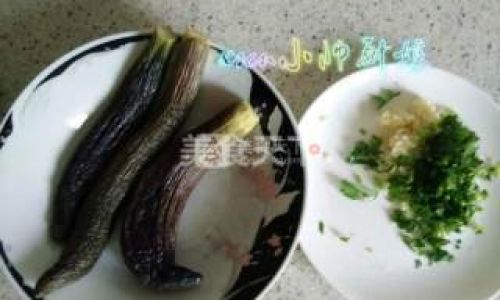
-
Add Aromatics (Optional): If using ginger, green onions, or chili peppers, add them to the pan now and stir-fry for another 30 seconds until fragrant.
-
Cook the Eggplant: Add the prepared eggplant pieces to the pan. Stir-fry for about 5-7 minutes, stirring occasionally, until the eggplant is tender and slightly browned. Adjust the heat as needed to avoid burning the garlic.
-
Season: Add salt, pepper, and soy sauce to taste. Stir well to ensure the seasoning is evenly distributed.
-
Serve: Transfer the garlic eggplant to a serving dish and garnish with chopped green onions or sesame seeds if desired.
Baking Garlic Eggplant
Baking offers a healthier alternative to stir-frying, as it requires less oil and results in a softer, more caramelized texture.
Step-by-Step Guide:
-
Preheat the Oven: Preheat your oven to 400°F (200°C). Line a baking sheet with parchment paper for easy cleanup.
-
Prepare the Eggplant: Toss the eggplant pieces with a little olive oil, salt, and pepper in a mixing bowl. Spread them out in a single layer on the prepared baking sheet.
-
Roast the Eggplant: Roast in the preheated oven for about 20-25 minutes, stirring halfway through, until the eggplant is tender and lightly browned.
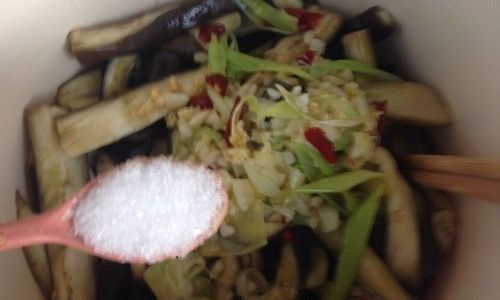
-
Prepare the Garlic Sauce: While the eggplant is roasting, heat a small skillet over medium heat. Add a tablespoon of olive oil and the minced garlic. Sauté until fragrant and golden brown, about 1 minute. Add soy sauce and any other seasonings to taste. Stir to combine and remove from heat.
-
Combine: Once the eggplant is done, transfer it to a serving bowl. Pour the garlic sauce over the top and toss gently to combine.
-
Serve: Garnish with chopped green onions or sesame seeds and serve warm.
Serving and Enjoying
Garlic eggplant is a versatile dish that can be enjoyed on its own as a side dish or incorporated into larger meals. Here are a few serving suggestions:
- As a Side Dish: Pair garlic eggplant with grilled meats, stir-fried vegetables, or rice for a balanced meal.
- Main Dish: For a vegetarian main course, serve it over a bed of steamed rice or noodles, and garnish with fresh herbs like cilantro or parsley.
- Cold Appetizer: Let the baked version cool to room temperature and serve it as a refreshing appetizer with toothpicks.
Storage and Reheating
Leftover garlic eggplant can be stored in an airtight container in the refrigerator for up to 3 days. To reheat, place the dish in a microwave-safe container and heat on medium power until warm, stirring occasionally to prevent overcooking. Alternatively, you can reheat it on the stovetop over low heat, adding a splash of water if needed to prevent sticking.
Conclusion
Making garlic eggplant may seem like a straightforward task, but achieving perfection requires attention to detail and a good understanding of the ingredients and cooking techniques. By following this comprehensive guide, you’ll be able to create a dish that balances the earthy richness of eggplant with the pungent aroma of garlic, resulting in a meal that is both satisfying and delightful. Whether you choose to stir-fry or bake your garlic eggplant, the end result will be a culinary triumph that will leave your taste buds longing for more. Happy cooking!

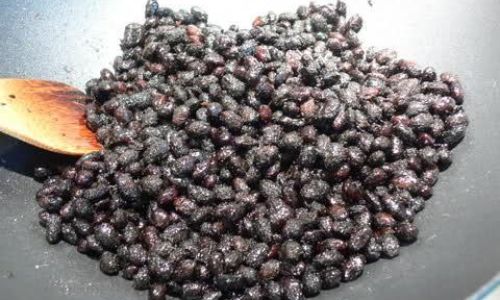
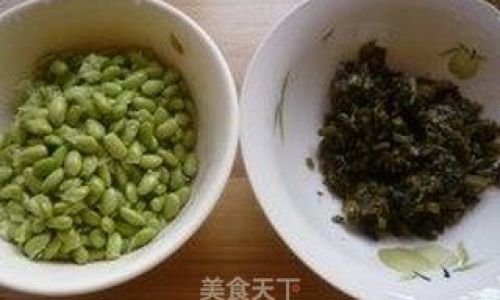
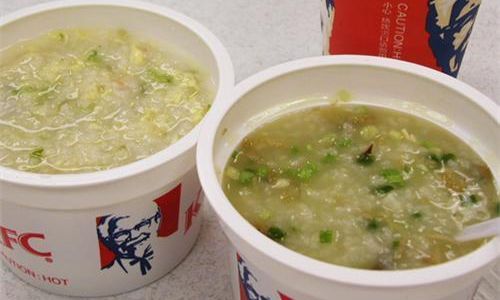
0 comments